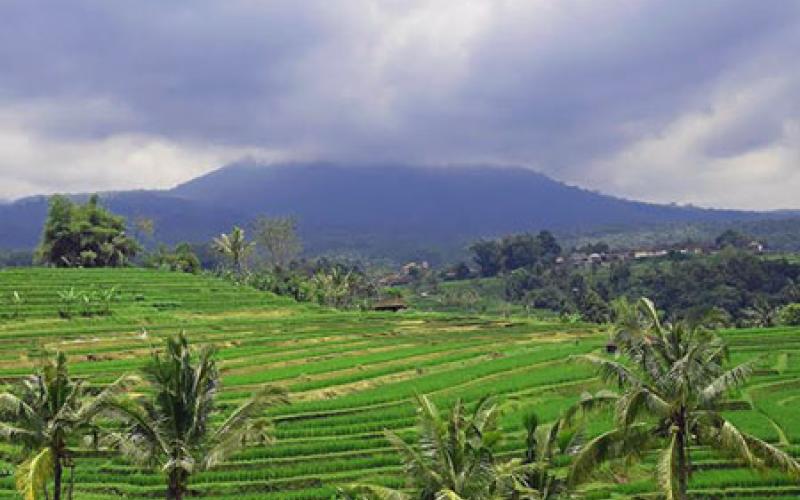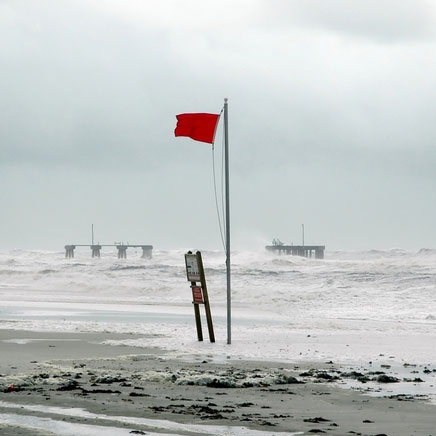What’s a forest worth? Breaking down the term ‘environmental valuation’

What’s a forest worth? Breaking down the term ‘environmental valuation’
Powerful tools for measuring environmental value can help policy makers prioritize their recommendations. Yet there is little information about how valuation actually impacts environmental regulation.
Phelps, Jacob et. al. “Institutionalizing environmental valuation into policy: Lessons from 7 Indonesian agencies.” Global Environmental Change, 43 (2017): 15-25. DOI: 10.1016/j.gloenvcha.2017.01.004
Every time a country estimates the value of their national forests or counts the number of tourists drawn to their beaches, they preform environmental valuation. Policy makers use this tool to carefully measure the impacts and benefits of environmental laws — in turn informing decisions about enforcement and future goals. Despite the role that environmental valuation plays in policy, few studies explore how these tools are integrated into national rules and recommendations.
Indonesia is an important case study for understanding how environmental valuation plays out in practice. The fact that 74 percent of the country’s poor depend on ecosystem services for their basic needs makes environmental valuation an essential policy tool. In a recent paper published in Global Environmental Change, Jacob Phelps and his colleagues from the UK-based Lancaster Environment Centre trace connections between valuation and Indonesian environmental policy. Basing their research on legislation from seven national agencies, they first identify each agency’s objectives. They then compare those objectives to their valuation methods. Finally, they explore how agency specific valuation tools can result in policies that differ from their original purpose.
The study begins by identifying the six core natural goods that the Indonesian government regulates: timber, water, carbon, non-timber forest products (such as nuts and rubber), tourism, and biodiversity. It then classifies policy objectives that use natural resource valuation as a tool, including raising environmental awareness, measuring natural capital for taxation, and determining settlement amounts for environmental lawsuits.
Each of the seven agencies focuses on a specific set of goods and policy objectives. However, many agencies use different methods to value the same ecosystem product or service. Forests valuation serves as a good example. The Ministry of Environment measures forest value by estimating how much it costs to restore forests after illegal logging. The Ministry of Forests counts tax income from legal logging. These approaches are often unrelated and lead to different value outputs. Whether these methods result in different monetary prices or different units of measurement (like percentage of trees used for timber instead of a cash value), the lack of coherency presents challenges for policy-makers. If a forest doesn’t produce goods that generate taxes, then how can the cost of replacing it after illegal logging be justified? The question always remains: Which method best represents the value of that forest?
These challenges are especially difficult when the most significant human and environmental impacts are not captured in the market economy. Many ecosystem goods and services are not traded in traditional markets, and most Indonesians function outside of the formal marketplace. Natural resources that do not enter the marketplace are difficult to monitor and do not translate well into monetary terms or other quantifiable measurements. Few valuation methods capture the value of forests to people who live directly off of food, wood, shelter, and purified water produced there. Though these intrinsic values are incredibly important to the country, environmental regulation is more commonly defined by market pricing because it is easier to define.
The authors conclude that incorporating non-market perspectives into environmental valuation is important for protecting precious natural resources and the people who depend on them. With the help of international non-market ecosystem valuation tools, Indonesia is currently working hard to include new environmental values in policy making that better represents the interests of traditionally excluded populations. This process demands agency cooperation to ensure that environmental and public health protection remains at the forefront of policy development.




